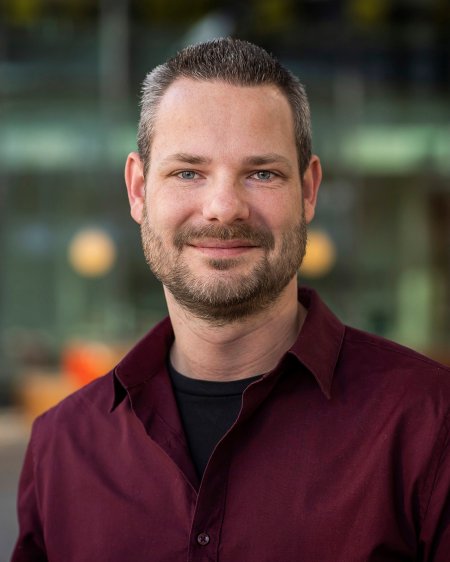back to list

Project: Making Sense of Hypnograms
Description

Polysomnography (PSG) remains the current gold standard for assessing sleep. PSG focuses on the measurement and analysis of brain activity, eye movements and muscle activity to determine whether a subject is awake or asleep, and in which sleep phase someone is. From PSG, the overnight sleep pattern can be 'summarized' in a so-called hypnogram, a graphical representation of the successive sleep phases over time. Clinically, the hypnogram contains a wealth of information, and is one of the most important aspects of the PSG report. However, the assessment by the physician is large done visually in combination with "clinical intuition." There is only a limited set of quantitative variables extracted from the hypnogram. The most important information is retrieved based on visual ‘pattern recognition’, combined with additional clinical information on experienced symptoms and demographics. But what does this mean for the agreement between different clinicians? Is it fair to base a diagnosis on a visual interpretation of a hypnogram alone? Which aspects of the hypnogram are driving the clinical interpretation. And -if identified- would these aspects be suitable as a basis for new (quantitative) outcome variables to aid PSG interpretation and sleep disorders diagnosis?
In this project, we want to investigate what physicians base their decision on when viewing a hypnogram, by presenting a large number of hypnograms to various physicians, and recording their assessment. In a randomized fashion, hypnograms will be presented with and without some key clinical and demographic data. Finally, for each assessment, the scorer will also record their certainty level with respect to their conclusion. Using appropriate visualization as well as AI-based analysis techniques, we then aim to determine which aspects of the hypnogram help driving a clinical decision.
Details
- Student
-
CWCaspar van der Woerd
- Supervisor
-
 Stef van den Elzen
Stef van den Elzen
- Secondary supervisor
-
DODr. Pedro Fonseca and Prof. dr. Sebastiaan Overeem
- External location
- Philips
- Link
- Thesis